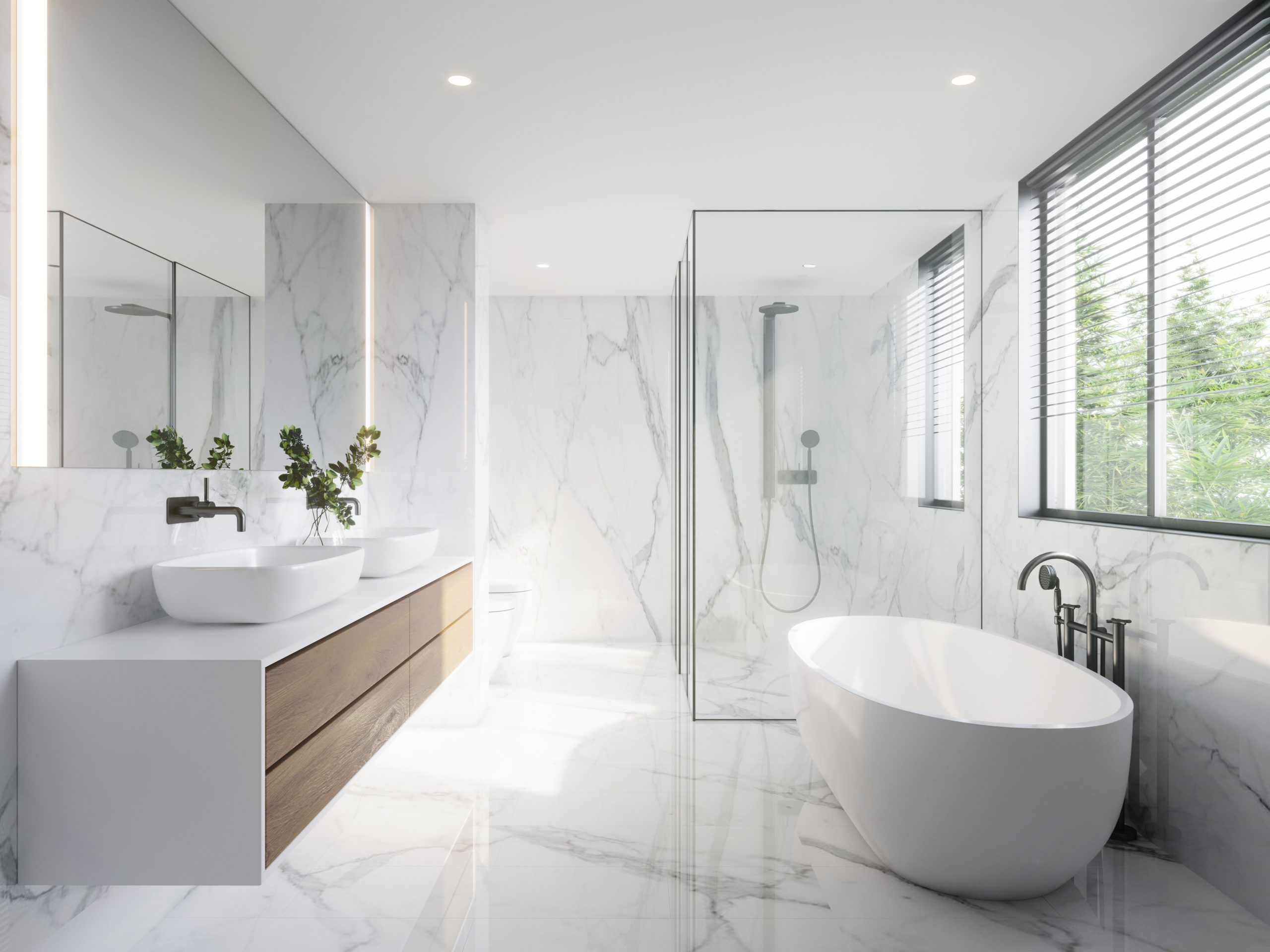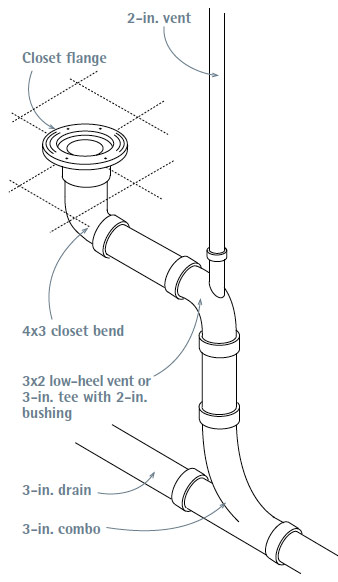The Essential Role of Correct Ventilation in Plumbing Systems
The Essential Role of Correct Ventilation in Plumbing Systems
Blog Article
We have unearthed this post involving Why Plumbing Air Vents Are Important listed below on the internet and accepted it made sense to quickly share it with you on my blog.

Correct ventilation in plumbing systems is typically overlooked, yet it is important for maintaining the capability and security of your home's pipes. Air flow assists manage atmospheric pressure, stop the accumulation of damaging gases, and guarantee the effective removal of waste. In this overview, we will certainly discover the relevance of proper pipes air flow, how it functions, and the benefits it offers your plumbing system.
How Ventilation Works in Pipes Solutions
Atmospheric Pressure Regulation
Correct ventilation keeps balanced atmospheric pressure within the pipes system. When water streams through pipelines, it displaces air. Without adequate ventilation, this variation can develop adverse pressure, causing reduce drains or siphoning of water from traps, which can trigger undesirable odors to leak into the home.
Protecting Against Sewer Gas Buildup
One of one of the most critical functions of plumbing vents is to prevent sewer gases, such as methane and hydrogen sulfide, from building up within the home. These gases can pose severe health and wellness dangers and are extremely flammable. Vent pipes permit these gases to leave securely outdoors.
Assisting in Waste Removal
Air flow assists in the efficient elimination of wastewater by protecting against airlocks in the drainage system. When air can move openly through the vents, it permits water and waste to stream efficiently via the pipelines, reducing the risk of clogs and back-ups.
Benefits of Correct Ventilation
Improved System Performance
Appropriately ventilated pipes systems run more successfully, with less clogs, faster draining pipes, and much less pressure on the pipes. This effectiveness expands the lifespan of the plumbing system.
Improved Air High Quality
By protecting against sewer gases from entering your home, proper ventilation contributes to much better interior air top quality, making your living environment healthier and much more comfortable.
Avoiding Water Damage
Appropriate ventilation aids avoid water from being siphoned out of traps, which can lead to sewer gases getting in the home and creating water damages over time.
Actions to Make Certain Correct Air Flow
Consulting Plumbing Codes
Constantly consult local plumbing codes when creating or modifying your pipes system. These codes provide the required guidelines for proper airing vent and ensure your system satisfies security criteria.
Routine Evaluation and Maintenance
Regular inspections can aid determine prospective ventilation concerns before they become significant problems. Upkeep tasks, such as cleansing vent pipelines and checking for clogs, are vital for keeping the system in good working order.
Professional Setup
For brand-new installations or significant alterations, it's smart to hire an expert plumbing technician. They have the competence to make certain the air flow system is properly developed and installed according to code.
Comprehending Air Flow in Pipes
Ventilation in pipes refers to the network of pipelines that enable air to flow via the drain system. These vents serve several objectives, consisting of regulating air pressure within the pipelines, avoiding sewage system gases from going into the home, and helping in the smooth circulation of wastewater.
Kinds Of Pipes Vents
Main Stack Vent
The main pile vent, additionally known as the air vent stack, is the main vent in a pipes system. It expands from the major drainpipe align with the roofing, permitting gases to leave and fresh air to get in the system.
Branch Vent
Branch vents link to the major stack vent and offer private components, such as sinks, commodes, and showers. These vents make sure that each fixture has appropriate air flow to function appropriately.
Air Admittance Valve (AAV).
An Air Admission Shutoff (AAV) is a one-way valve that enables air to get in the plumbing system without the requirement for a conventional air vent pipe prolonging through the roof. AAVs are commonly made use of in improvements or locations where installing a conventional vent is unwise.
Indicators of Poor Ventilation in Plumbing.
Slow Draining Fixtures.
If your sinks, bathtubs, or bathrooms are draining slowly, it could be a sign of bad ventilation. Poor air flow can produce a vacuum cleaner effect, making it tough for water to drain pipes properly.
Gurgling Seems.
Gurgling noises coming from drains pipes are commonly an outcome of air being drawn through water traps as a result of unfavorable pressure in the pipelines. This is a clear sign of not enough ventilation.
Unpleasant Odors.
Sewage system smells inside your home are a red flag that your pipes system is not correctly ventilated. This might mean that sewer gases are not being adequately vented outside, leading to potentially hazardous problems.
Usual Ventilation Mistakes.
Insufficient Vent Sizing.
Making use of small vent pipes can result in poor air flow and pressure imbalances in the system. It's essential to make use of vents that fulfill the certain requirements of your pipes system.
Improper Vent Positioning.
Placing vents as well much from the fixtures they offer can decrease their effectiveness. Correct positioning makes sure that air can flow freely and effectively via the system.
Ignoring Code Needs.
Building regulations give certain standards for plumbing ventilation. Ignoring these codes can result in a system that falls short to operate properly and may result in pricey repair services or carcinogen.
Final thought.
Correct ventilation is an essential component of any type of pipes system, ensuring that it works efficiently and safely. By recognizing the importance of ventilation, recognizing the indications of bad ventilation, and taking actions to preserve your system, you can prevent costly issues and safeguard your home's air quality.
4 Things You Should Know About Your Plumbing Vents
What Plumbing Vents Are
Also called a vent stack, a plumbing vent is a vertical pipe attached to your drain line that runs through your roof. The plumbing vent pipe, or plumbing air vent, removes gas and odors from your plumbing system and allows fresh air to enter the pipes, helping the water to flow out of the drain pipes.
What Plumbing Vents Do
Plumbing vents have two basic functions. One of which is to allow unpleasant smelling wastewater and sewer gasses to escape your plumbing system instead of entering your home. Plumbing vent pipes are typically located on roofs, away from windows, to ensure the fumes exit the home completely.
The other function of the plumbing vent is to move fresh air into your plumbing system. This helps move water through every plumbing fixture in your house, like toilets and sink drains. Think of the way in which you need to let a little air into the bottle as you pour soda in order to make the drink flow smoothly.
Different Types of Plumbing Vents
True vent: This is the most common vent option. In simplest terms, a true vent is a vertical pipe attached to your drain line that exits through the roof. They often function as the main vent that other fixtures can connect to. Re-vent pipe or auxiliary vent: Attached to the drain line near specific plumbing fixtures, re-vent pipes run up and over to connect to the main vent. Common vent: Two plumbing fixtures installed on opposite sides of a wall are typically tied into the vent stack using something known as a sanitary cross. Wet vent: This venting option operates as a drain pipe and a vent at the same time. Wet vent drainage systems drain water from one fixture while venting the air from another. Although they’ve been used for over 100 years, wet vent systems have only recently been added to the plumbing code in many areas. If you’re planning on installing one in a bathroom remodel, make sure you check your local code prior to construction. Loop vent: For free-standing fixtures like kitchen island sinks, loop vents are ideal. These vent pipes run under the floor, rise from the P-trap, and create a loop inside the cabinet sink. Air admittance valve: An AAV is a one-way mechanical valve typically installed at the site of the plumbing fixture. AAVs allow venting to occur without having to tie into a larger venting system. They’re ideal for venting fixtures where you aren’t able to easily connect to an existing vent system. Common Plumbing Vent Issues
Although vent pipes typically don’t have water flowing through them, they’re still subject to many typical plumbing issues. For example, clogs are one of the most common problems associated with sewer vent pipes. If your vent pipe gets clogged, all of your plumbing fixtures tied into the vent stack will be affected.
A sink with a slow drain that bubbles and gurgles or a strong sewage smell around your toilet are both indicators that your toilet vent pipe is clogged. Because most vent pipes exit through the roof, old leaves, twigs or even a bird’s nest could be clogging the pipe.
Clogs in your vent pipe system cause a buildup of negative pressure, meaning that water won’t be able to flow out of your home very well. It’s similar to putting your finger over the opening of a straw to trap water inside. When you remove your finger, the water is able to flow out of the straw.
If you suspect you have any blockage in your vent, make sure you have a professional come examine the situation. Left unchecked, a blocked air vent can lead to other costly repairs, like leaks and sediment buildup.
Under Pressure
Pipe vents are essential aspects of a home’s plumbing system. Owning a home means learning about all sorts of things you never put much thought into before. But by understanding as much as you can about the important systems of your home, you can keep those budgets intact and those anxiety levels low.
https://www.homeserve.com/en-us/blog/home-improvement/plumbing-vents/

I'm just very fascinated by What Is a Plumbing Vent and Why Is It Important and I really hope you appreciated the entire piece. Appreciated our piece? Please quickly share it. Help someone else discover it. I truly appreciate reading our article about What Are Plumbing Vents and Why Are They Important?.
Click Here Report this page